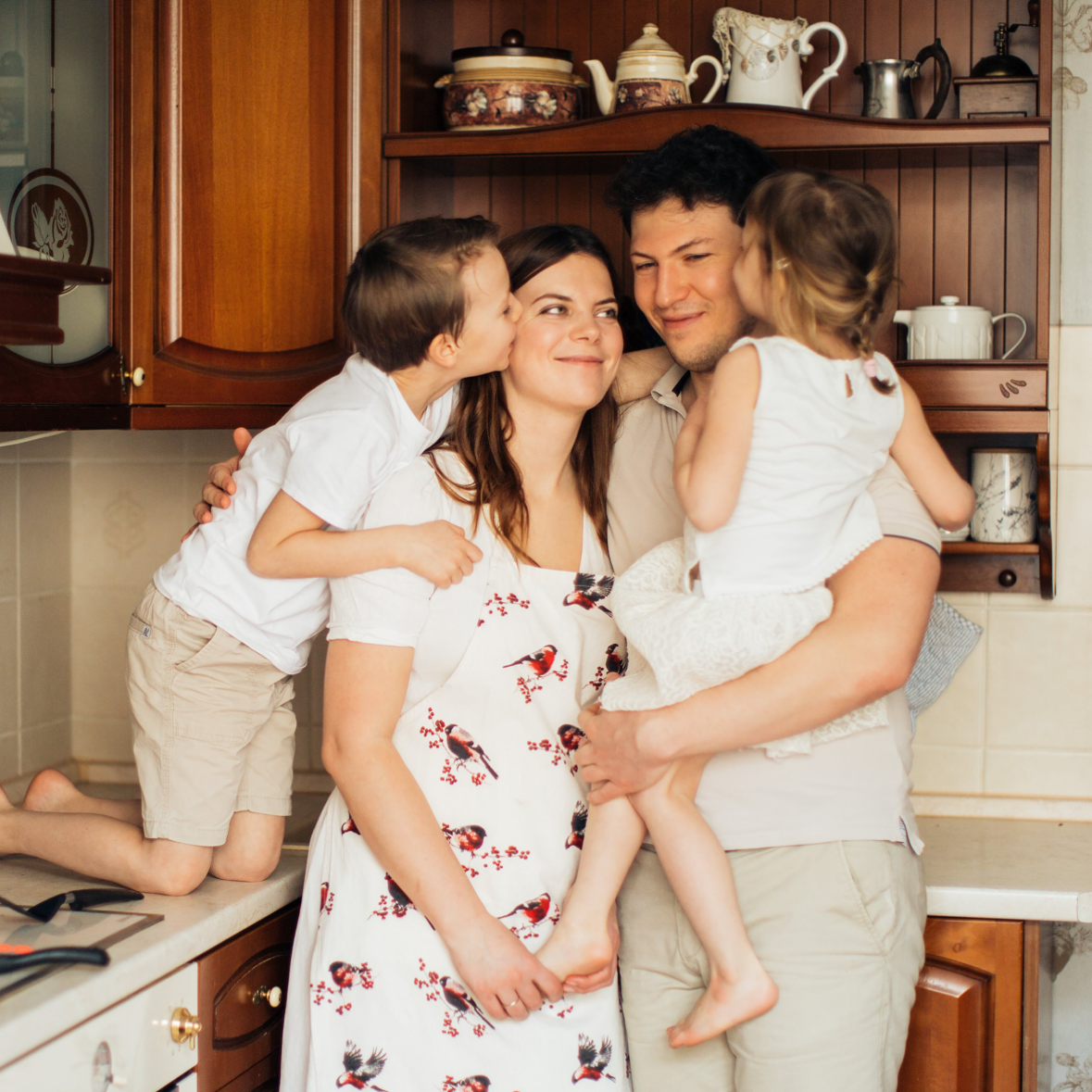
Imagine you screw up at work one day, the kind of mistake that makes life harder for the whole team. Your boss pulls you aside to talk about it. Which approach would you prefer he take?
- Yelling at you and generally venting his frustration.
- Docking your pay or vacation time.
- Lecturing you about your dumb mistake.
- Working with you to figure out where things went wrong, then showing you a better way to do things the next time.
If you answered A, B, or C, please schedule a counseling appointment at CatholicCounselors.com as soon as possible!
But if you are a parent and you answered D, here’s a follow-up question: Which approach do you take with your kids when they screw up?
Many parents respond to their kids’ misbehavior with some sort of reactive punishment (options A, B, and C). That’s understandable, especially when we’re stressed; reactive punishments are quick and easy.
But this approach has big drawbacks, Dr. Greg and Lisa Popcak said recently on their CatholicHOM podcast. For one thing, while it might stop problem behavior in the short term, it doesn’t address the root cause of the behavior. This, in turn, can cause bigger problems in the long run. It also strains rather than strengthens the bond between parent and child.
And, ironically enough, it can leave parents feeling frustrated and powerless.
Instead of taking the quickest path to stopping kids’ misbehavior, the Popcaks urge parents to see problem behavior as an opportunity to help their child grow in maturity, and in the process, form a stronger bond with their child. This is the attitude Jesus took with the people he met; rather than focus only on stopping bad behavior, he worked for their growth and healing so that they would have a stronger relationship with him.
Here are three questions parents can ask to guide them through this Christ-centered approach to discipline.
1. What Is My Child Trying to Do?
The first question is, “What is my child trying to do?”
“They’re trying to drive me crazy, of course!” might be your first response. But the reality is that even the most obnoxious behavior is rooted in the child trying to fulfill some need or desire. Identifying that need or desire opens the door to teaching the child a more appropriate way of meeting it.
For example, a child who whines or speaks disrespectfully is really trying to communicate their feelings or needs; they just don’t know how to do it appropriately.
Sometimes, figuring out a child’s intention is as simple as asking, “What were you hoping would happen by acting that way?” Other times, though, figuring out a child’s motivation for misbehaving may require parents putting themselves in the child’s place.
2. How Can I Teach My Child to Do Better?
The next question for parents to ask is, “How can I teach my child to meet their need or desire in a better way?”
Helping kids figure out more appropriate strategies for getting what they need or want is the heart of this Christ-centered discipline approach. If a child is whining or speaking disrespectfully, for example, the parent might model for her a more respectful tone of voice and choice of words.
Simply shutting down the behavior without teaching the child a better way to get what they want makes it more likely “they’re going to keep trying to meet that need in some kind of crazy way,” Lisa Popcak said. “And then you’re going to think, ‘They never listen to me. I’ve told them a thousand times. What’s wrong with them?’”
3. How Can I Teach My Child in a Way That Draws Us Closer?
The third question is, “How can I teach my child this new strategy in a way that makes us closer?”
Parents are often stumped by this question, Dr. Popcak said, but really, it’s as simple as asking yourself how you would want to be treated if the roles were reversed.
“Do you want someone to come along and shame you? Do you want someone to come along and take your important things away from you?” he said. “Or do you just want them to come alongside you and appreciate what you’re trying to do, and saying, ‘You know, I get it. That’s not the best way to do it, but I get where you’re coming from. Let’s figure this out together,’ and really work with you without making you feel like an idiot.”
A Catholic Approach Rooted in the Dignity of the Child
In the big picture, a Catholic approach to discipline is all about recognizing, respecting, and nurturing the inherent dignity of our children.
Each child is “a son or daughter of the most high God,” Lisa Popcak said. “That’s where their dignity comes from, and that’s what we have to train them into, step by step throughout their lives, by upholding that dignity…so they can treat other people the same way.
“That’s an incredibly Catholic way to parent.”
If you would like help applying this approach to your own family situation, consider joining CatholicHOM, the app for Catholic families, where you can drop a question into the community forum anytime. Or for more personal guidance, reach out to a Catholic family therapist at CatholicCounselors.com.













